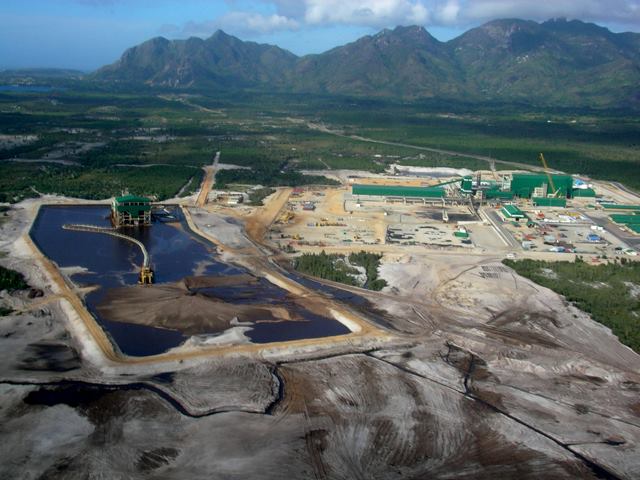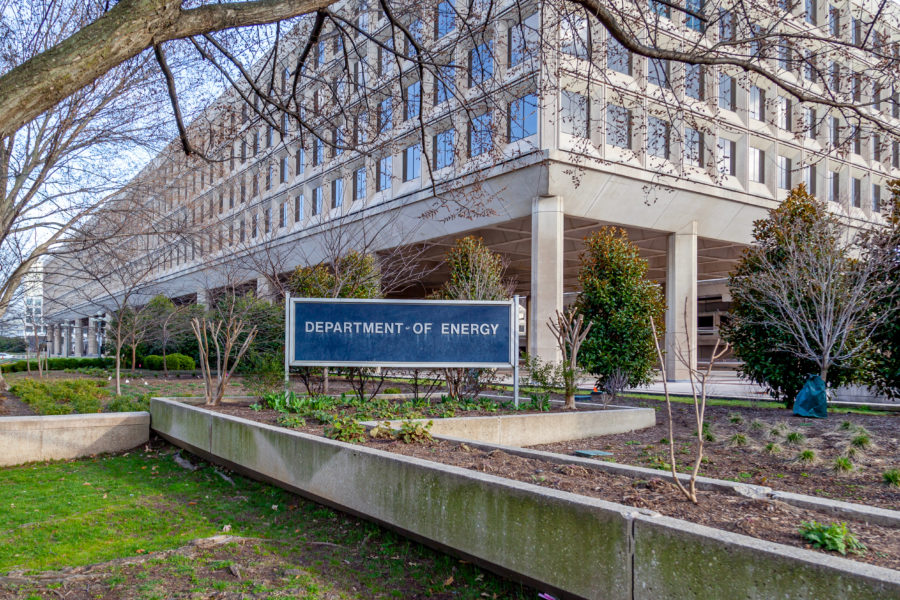Water around Rio Tinto’s Madagascar mine is high in lead, uranium – study

Water downstream of a Rio Tinto mine in southern Madagascar contains high concentrations of uranium and lead, potentially endangering local residents who depend on a nearby lake and river for drinking water, a study released on Friday found.
Lead, when ingested, can impede the mental and physical development of children, while uranium can cause kidney damage.
The study commissioned by southern Madagascar-focused British environmental charity The Andrew Lees Trust found that concentrations of uranium were 350 times higher downstream of the QIT-Madagascar Minerals (QMM) mine than upstream of it, and that lead concentrations were 9.8 times higher.
Mean concentration of lead downstream was 0.0256 mg/L, the study found, compared to WHO’s recommended maximum of 0.01 mg/L in drinking water
QMM extracts ilmenite – an industrial whitener – from mineral sands near the town of Taolagnaro. QMM is 80% owned by Rio Tinto and 20% owned by the Madagascar government.
For the study, groundwater and mining specialist Dr Steven Emerman combined water samples previously provided by Rio Tinto with nine new water samples – five upstream of the mine and four downstream.
The mean concentration of lead downstream of the mine was 0.0256 milligrams per litre, the study found, compared to 0.0026 mg/L upstream and a World Health Organisation (WHO) recommended maximum of 0.01 mg/L in drinking water.
The mean concentration of uranium in the downstream water samples was 0.049 mg/L – 63% higher than the WHO guideline of 0.03 mg/L and compared with 0.00014 mg/L upstream.
Rio Tinto argues radionuclides like uranium and thorium are already present at high concentrations in the mineral sands.
“Rio Tinto does not believe that the mining process used at QMM directly introduces any enriched radiological material to the environment,” a spokesman for Rio Tinto said in emailed answers to Reuters’ questions.
“The minerals in question are recognised as being present at relatively elevated levels in the natural environment with or without QMM operations.”
Emerman said in his report he was “99% confident” the mine affects water quality.
Emerman and Stella Swanson, a radioactivity expert hired by the Andrew Lees Trust, say the ilmenite extraction process can concentrate radionuclides.
“The QMM mine definitely releases more uranium into water on the site, thus creating an enhanced source of uranium to the Mandromondromotra River and Lac Ambavarano,” Swanson said.
The Andrew Lees Trust, which has been investigating the QMM mine since 2016 and “maintains a focus on the social and environmental challenges” it brings about, says QMM breached an environmental buffer zone separating the mine from nearby bodies of water.
The Rio Tinto spokesman accepted a breach had taken place but did not reply to questions about whether there was a link between this and the uranium and lead in nearby water.
He said the company had commissioned an independent technical consultancy to conduct a long-term study following the release of an initial report by Swanson in March this year.
The Trust said no health study had been carried out to measure exposure to uranium, including through for example fish consumption and drinking water, in order to ascertain the exact level of risk.
(By Helen Reid; Editing by Katharine Houreld and Kirsten Donovan)
{{ commodity.name }}
{{ post.title }}
{{ post.date }}

Comments
andrés sorribes
sad… 🙁